I was following official developer's guide to overlay actionbar.
my style.xml is as following:
<!-- Base application theme. -->
<style name="AppBaseTheme" parent="Theme.AppCompat.Light.DarkActionBar">
<!-- Customize your theme here. -->
</style>
<style name="AppTheme" parent="AppBaseTheme">
<item name="actionBarStyle">@style/CustomActionBarTheme</item>
</style>
<style name="CustomActionBarTheme"
parent="@android:style/Theme.Holo">
<item name="android:windowActionBarOverlay">true</item>
</style>
My midSdkVersion is 14 and expected output is similar to that on official guide: .
.
instead, in my case the output is: 
(I have set background color to activity...but it isn't overlaying action bar.)
Please help me if anything I'm doing is wrong.
EDIT:
I wanted similar action bar like this in airnb and many other apps. Can anyone give me complete answer for this?
